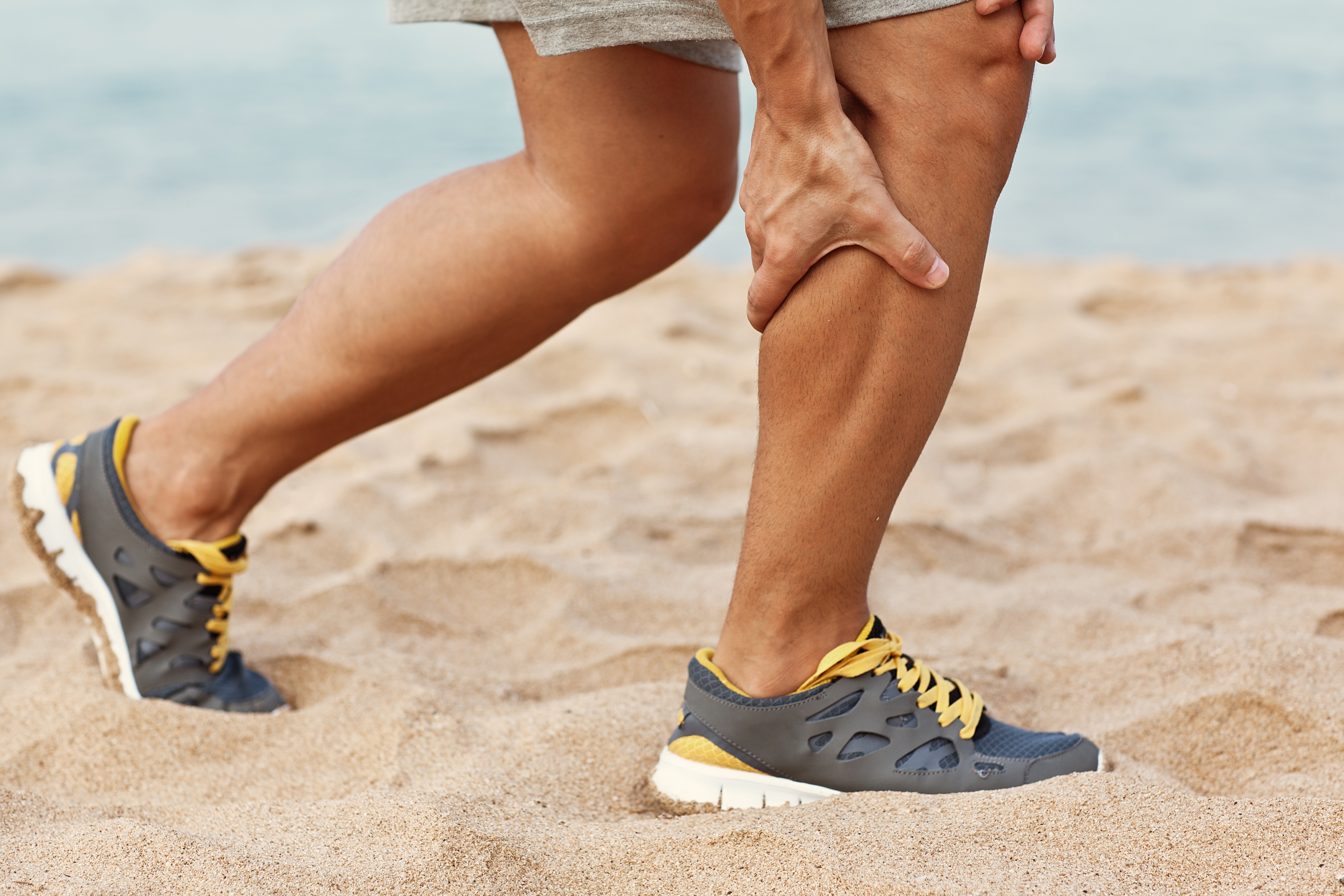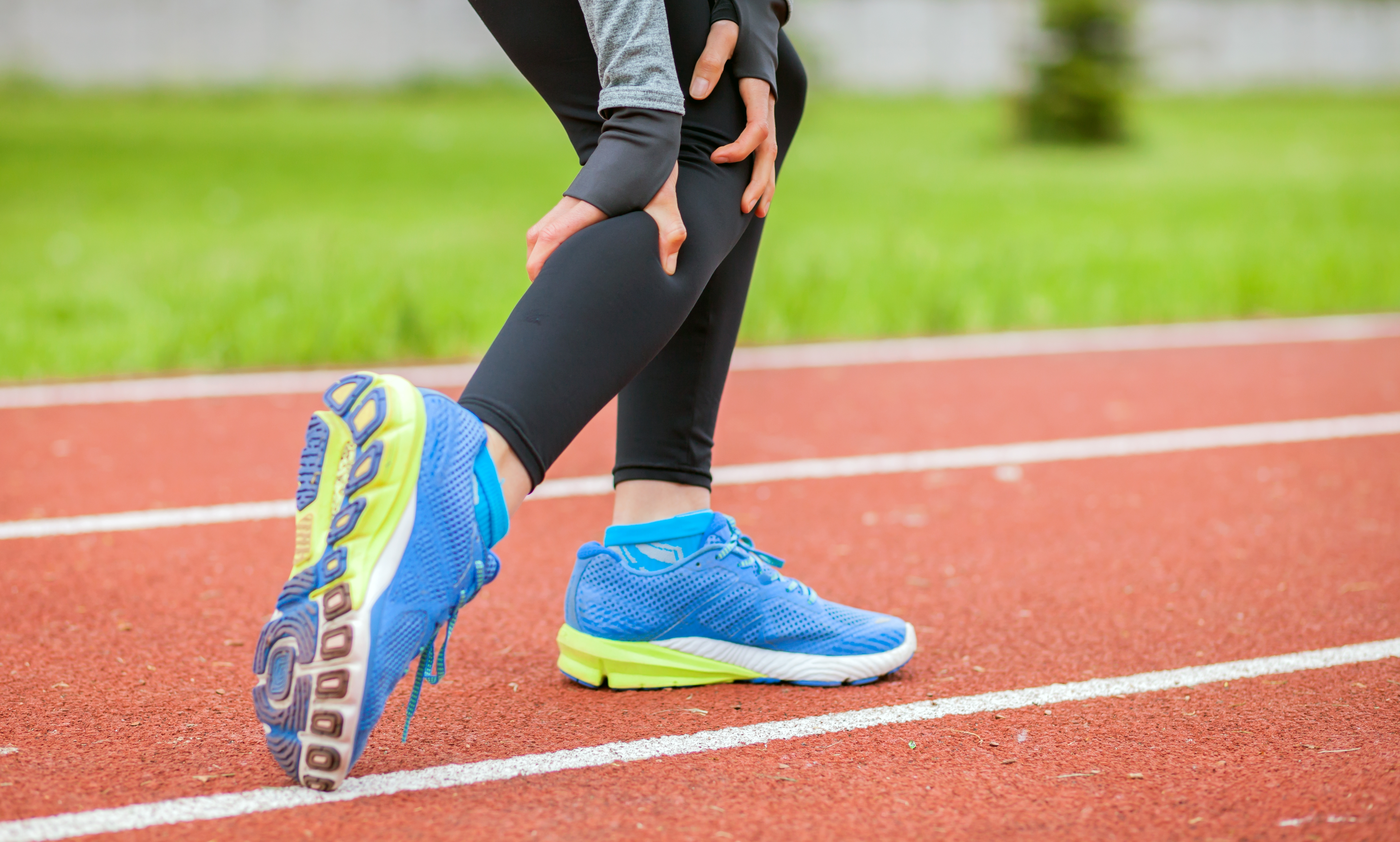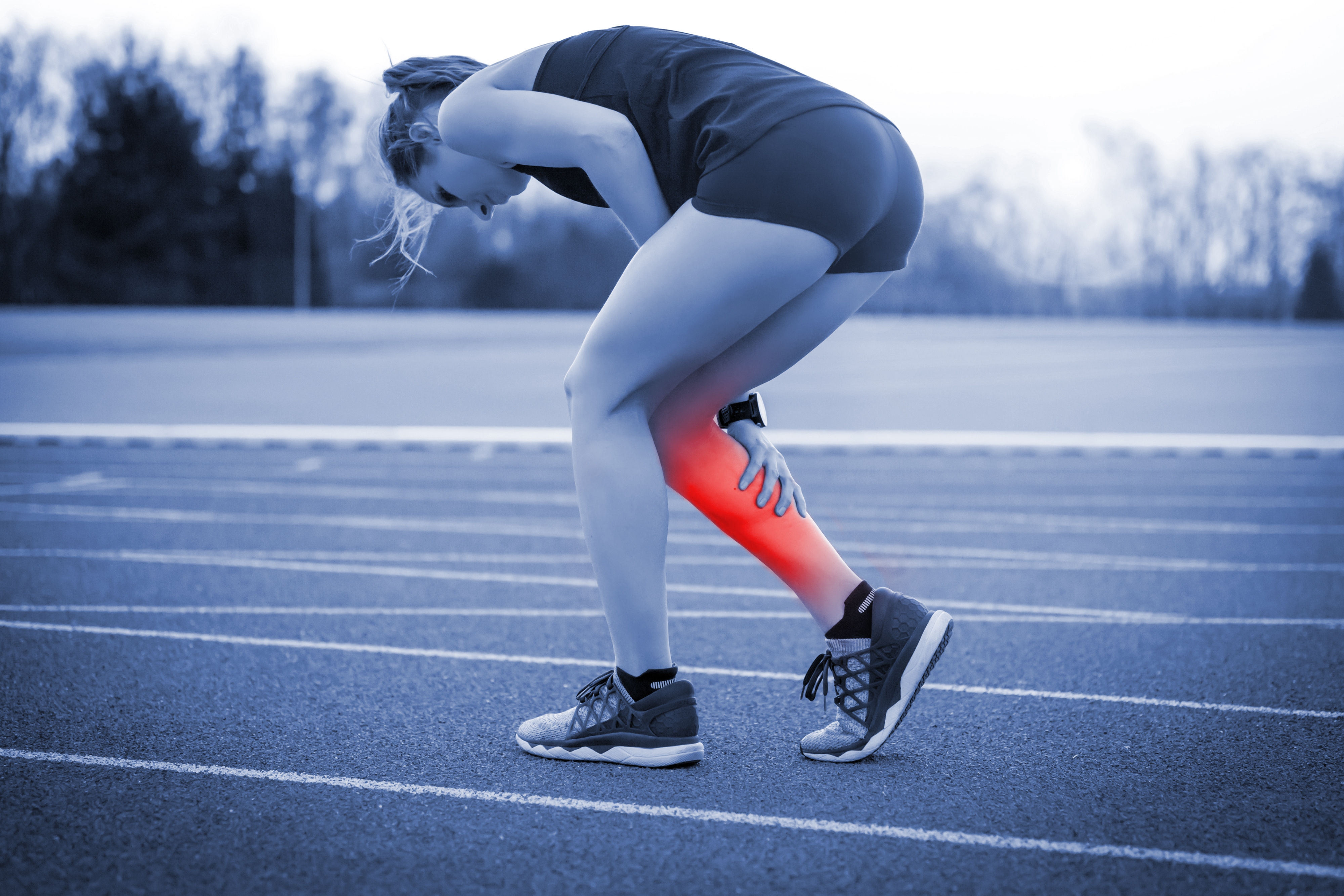
Winter goes and spring comes, All things recover, People were jubilant, To enjoy the most beautiful scenery in nature, However, the retired teacher Wang next door was sad. It turned out that in recent days, teacher Wang often had calf cramps at night, which were unbearable in pain. He woke up in the middle of the night and could not sleep at night. People said that cramps were calcium deficiency, but teacher Wang drank milk every day, and still had frequent cramps. Teacher Wang ridiculed himself that it was really the most difficult time to rest when it was warm and cold at first sight.
To identify a cramp
Cramps, medically known as muscle spasms, are involuntary and unsightly excessive contraction of muscles caused by abnormal excitation of neuromuscular muscles. When the attack occurs, the muscles are obviously squeezed and contracted. The pain is unbearable, lasting for several seconds or tens of seconds, and then gradually relieved, leaving local pain. Mainly includes the following types:
Night cramps-include cramps that occur under any static condition, such as sleeping or sitting quietly. The most common cramps are in the calf and toes of the elderly and children.
Heatstroke cramps-common in athletes, are related to dehydration and imbalance of electrolytes in the body.
Diseased cramps-found in patients with organic diseases or stroke sequelae, are mostly caused by congenital diseases or nerve injuries, such as epilepsy, tetanus, postpartum spasm, infantile febrile convulsion, etc., muscle loss and excessive excitement.
The most common cramps in life include exercise cramps and night cramps. Common cramps do little harm, or do not cause secondary injuries, but only affect the quality of life. However, if cramps occur during aerial work, swimming, etc., one must be careful.
The mystery of cramps
The mechanism of causing muscle cramps is complicated. Calcium, as a coupling factor between nerve excitation and muscle contraction, always controls the starting of muscle contraction and the termination of relaxation, and plays an important role. Hypocalcemia can cause muscle spasm and hand and foot convulsions due to increased neuromuscular excitability.
In addition, the contraction and relaxation of normal human leg muscles will squeeze blood vessels, Take away metabolites. When a person is resting or sleeping, The blood flow in the legs slowed down, Metabolites such as lactic acid cannot be taken away and decomposed by blood in time. Accumulated in the leg muscles, at the same time, the calf muscles are of a single nutrient artery type, just like traffic only has expressways, no national roads and county roads. In case of an accident, it will inevitably be blocked. If atherosclerosis, pathological changes or blockage occur in the calf vessels, metabolic wastes will accumulate more easily, which will stimulate muscle contraction and lead to leg cramps.

Cramps in the elderly, Most of them are cramps at night. Due to the weakening of calcium absorption capacity and calcium loss in the elderly, Osteoporosis will occur, calcium supplement is very necessary. However, the cramp caused by poor blood circulation in the elderly cannot be treated by calcium supplement alone. Atherosclerosis must be treated to improve circulation. For example, factors causing small diameter of vascular lumen, such as fat deposition, cell proliferation, etc., can be eliminated to improve microcirculation, thus improving blood flow supply and operation.
The culprit behind the cramp
1. Weak fatigue: Excessive exercise, especially anaerobic exercise, leads to continuous contraction of muscles in a short period of time, resulting in a large amount of metabolic waste in the body. The state of muscle tension at night has not been improved. Excessive accumulation of acidic metabolites cannot be cleaned up in time, which can stimulate calf cramps. One of the reasons is also the decline of metabolic function of the body due to poor muscle strength in the elderly.
2. Cold stimulation: Cold is the most common direct cause of cramps, which can directly stimulate and cause strong contraction of leg muscles and sudden spasm of blood vessels.
3. Hypocalcemia: Calcium ions play an important role in the process of muscle contraction. Due to the weakening of calcium absorption capacity and obvious calcium loss in the elderly, calcium in children and pregnant women will consume too much calcium due to the body. When the concentration of calcium ions in blood is too low, muscles will be easily excited and spasm.
4. Vascular factors: It is often the internal cause of cramps. When atherosclerosis occurs in arteries or thrombosis exists, blood circulation is blocked, local tissues are ischemic and anoxic, and physiological functions are disordered, which will cause lower limb cooling, numbness and intermittent claudication, i.e. Calf muscle numbness, pain and even spasm occur when walking, disappear after rest, and appear again when walking. Severe cases may have persistent pain, and the pulsation of lower limb arteries, especially dorsal foot arteries, is weakened or disappeared. However, metabolites cannot be taken away in time. When reaching a certain concentration, they will also stimulate muscle contraction and cause pain cramps.
5. Excessive sweating: long exercise time, large amount of anaerobic exercise, excessive sweating, large loss of liquid and electrolyte in the body such as low calcium, low potassium and low magnesium, accumulation of large amount of metabolic waste, disorder of internal environment, and easy spasm.
6. Local compression: For example, if you lie on your back for a long time, make the quilt press on the foot surface, or lie prone for a long time, make the foot surface rest on the bed, forcing some muscles of the lower leg to be in a state of compression for a long time, causing muscle [passive contracture] and insufficient blood supply.
The bane of cramps

Generally, cramps are less harmful, Timely treatment can mostly alleviate immediately, Repeated attacks require medical treatment to exclude organic diseases of blood vessels and nerves. In order to avoid delaying the illness. When cramps occur, as long as according to [do the opposite], that is, pull the toes in the opposite direction of its acting force and stick to it for more than l ~ 2 minutes, the effect can be achieved. When the muscles behind the daily lower leg cramp, you can sit or lean against the wall, pull the toes with both hands to make the toes become warped, then straighten the knee joint as far as possible, hot compress or slightly massage to relax the tense muscles; When swimming with cramps, take a deep breath to hold it back, float your body upside down, hold your toes with the hand on the opposite side of your cramped leg and pull them in the direction of your body, press your knees down with the other hand to stretch the back of your leg, and then go ashore to continue massage and rest.
There is a magic weapon to prevent cramps.
1. Dispel cold and keep warm: Especially during sleep, hot water scalds feet before going to bed, and massages calf muscles every day to promote local blood circulation.
2. Appropriate exercise: Strengthen physical exercise and exercise at ordinary times, pay attention to warm-up before activities, improve blood supply and enhance muscle contraction ability;
3. Proper calcium supplement: eat more vitamin D, calcium tablets and calcium-rich foods such as milk, shrimps, kelp and tofu;
4. Improve blood supply: Improve atherosclerosis, Eliminate the factors that cause the diameter of vascular lumen to become smaller, Lose weight, Advocating a light diet, Eat foods rich in vitamin C (such as fresh vegetables, melons and fruits) and vegetable proteins (such as beans and their products). Take drugs such as antiplatelet aggregation drugs, drugs to improve lipid substitutes, drugs to improve arterial wall structure, vitamin E and other drugs under the guidance of doctors. At the same time, it is necessary to actively prevent and treat risk factors that may aggravate leg atherosclerosis, such as hypertension and diabetes.
Responsible Editor: Xiaoyan
